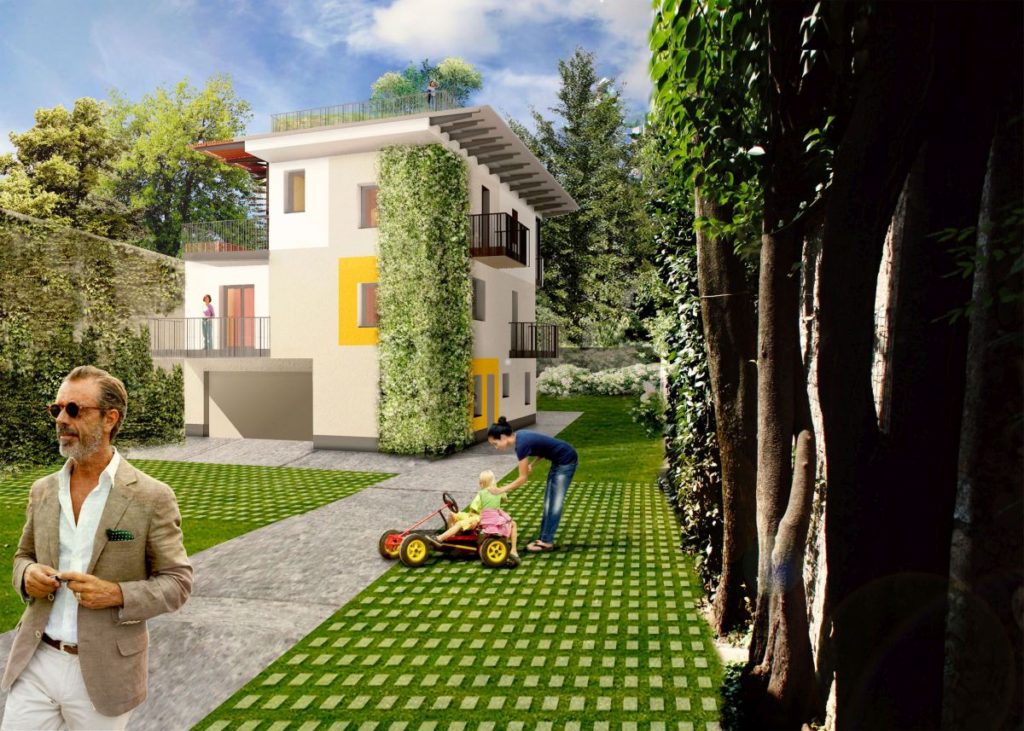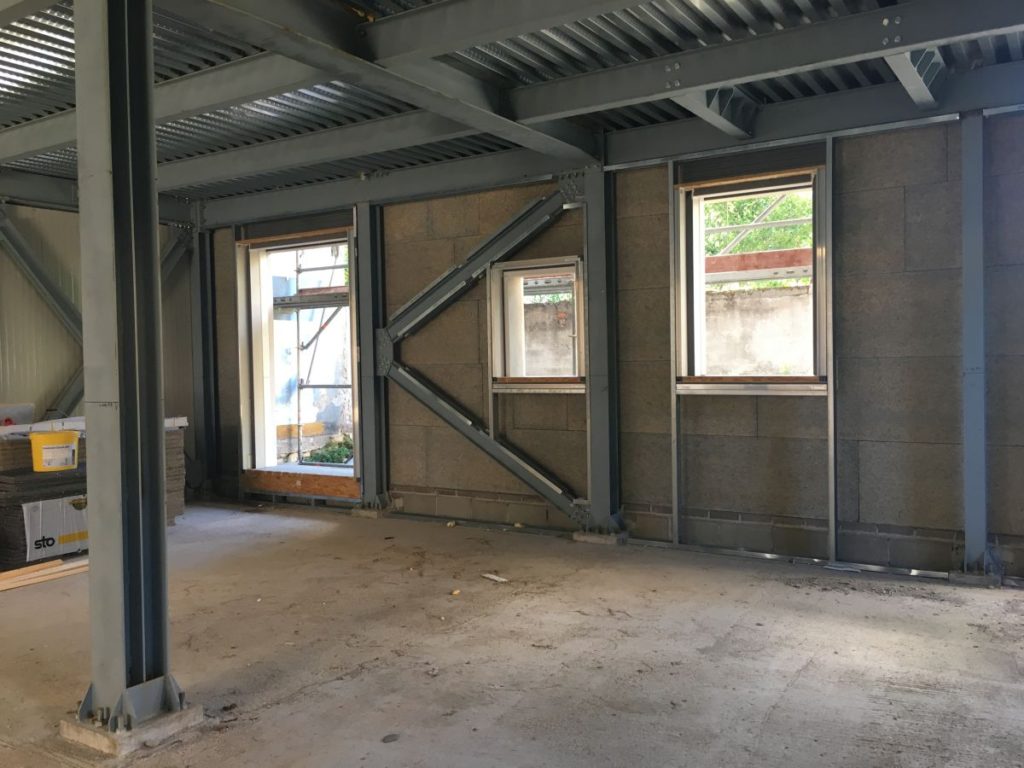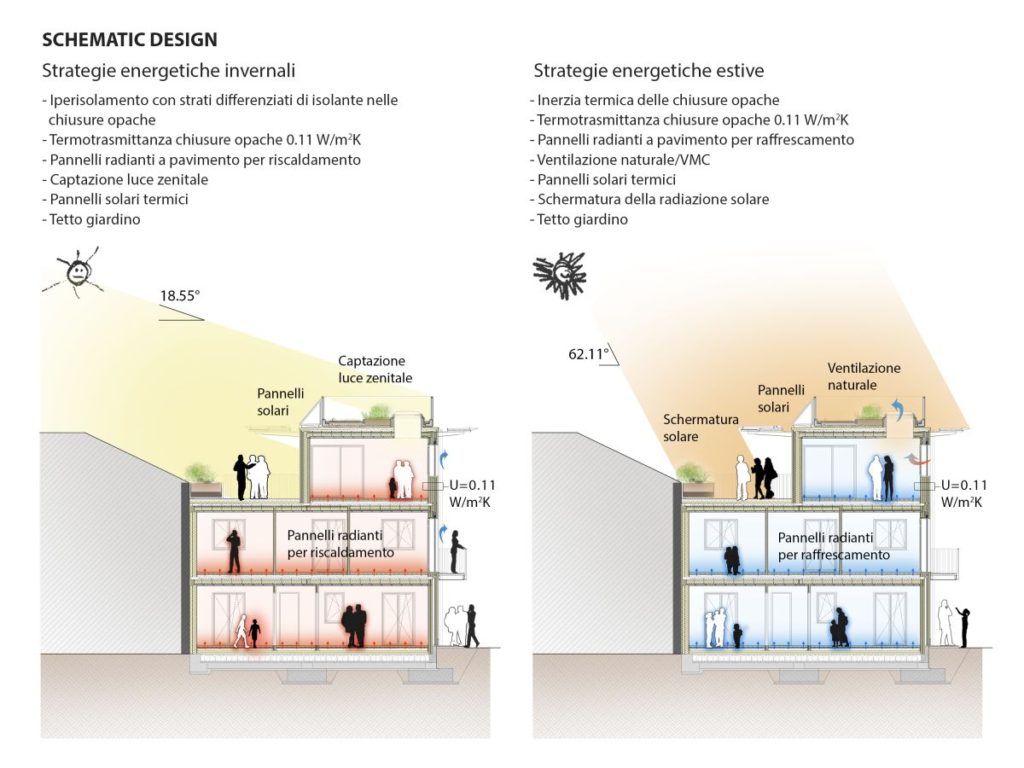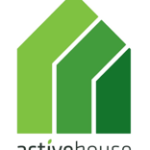Maison Verte
Comfort: The indoor comfort was the most important aspect that led the design of the lab: the building envelope is totally realized through a complete light-weight dry construction system with a relevant thickness of the thermal insulation, which ensure a very high value of airthighness and contributes to keep the indoor temperature stable both in winter and in summer.
The orientation of the building and the dimension of openings is ideal to optimize the solar gains in winter and ensure a very good level of daylight factor.
In the flat roof, five large roof windows provide a distributed brightness which increases significantly the lighting quality of the attic.
The ceiling and wall claddings help in cleaning the air and maintaining the atmosphere healthy and safe for the occupants, while during the summer the natural ventilation activated through the windows opening contributes to refresh the air.
Energy: The envelope was designed according to the “fabric first” principle, adopting innovative and energy-efficient technical solutions. An additional insulation by a multilayer reflective insulation produced by Actis was installed internally in order to increase the capacity to store the energy during the winter.
A wide green roof was installed in the flat roof, providing a massive system able to increase the thermal capacity of the envelope and decrease the temperature picks during the hottest months.
A 3 kWp photovoltaic field was installed on the flat roof, providing also an effective shading system during the summer. Moreover, four evacuated tube solar collectors for the production of hot water were installed horizontally in order to supply the heat for service use.
Environment: A lightweight dry construction system was adopted in order to ensure the rapidity of the construction and minimize the loads on foundations. Moreover, a lightweight load bearing structure can be easily disconnected at the end of the building service life and reassembled for a new life in other sites.
The choice of the materials was defined through a holistic LCA approach which indicated the best end of life scenarios for each alternative.
A 200 l metallic water storage was installed under the ground in order to collect the rain water drained from the roof and balconies.






